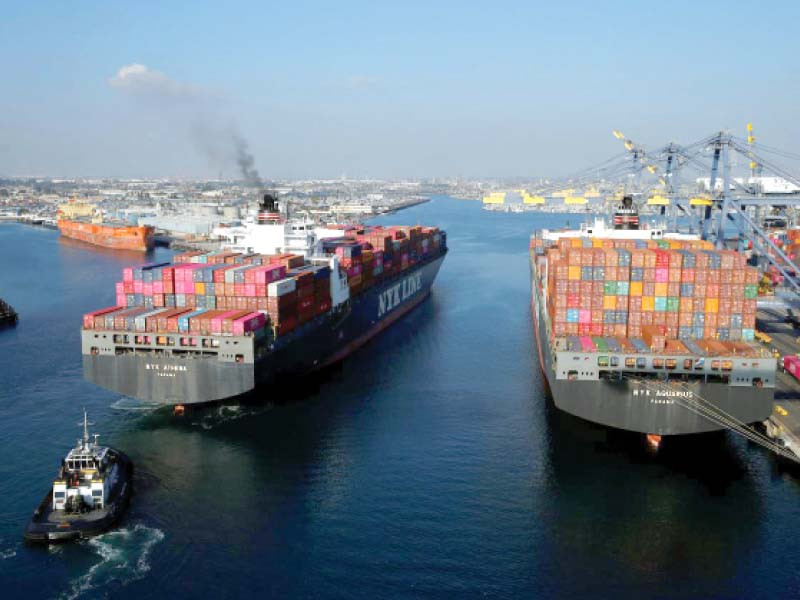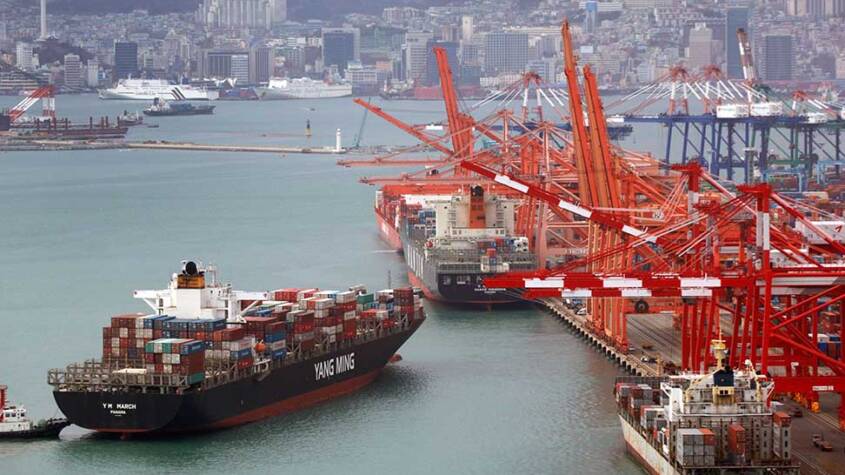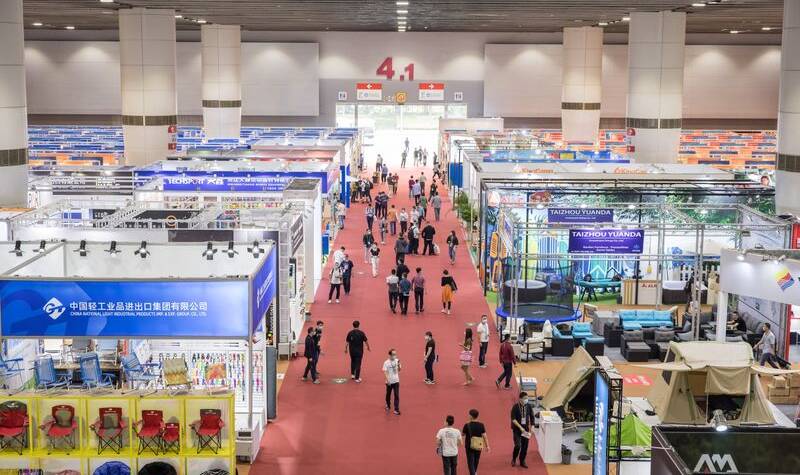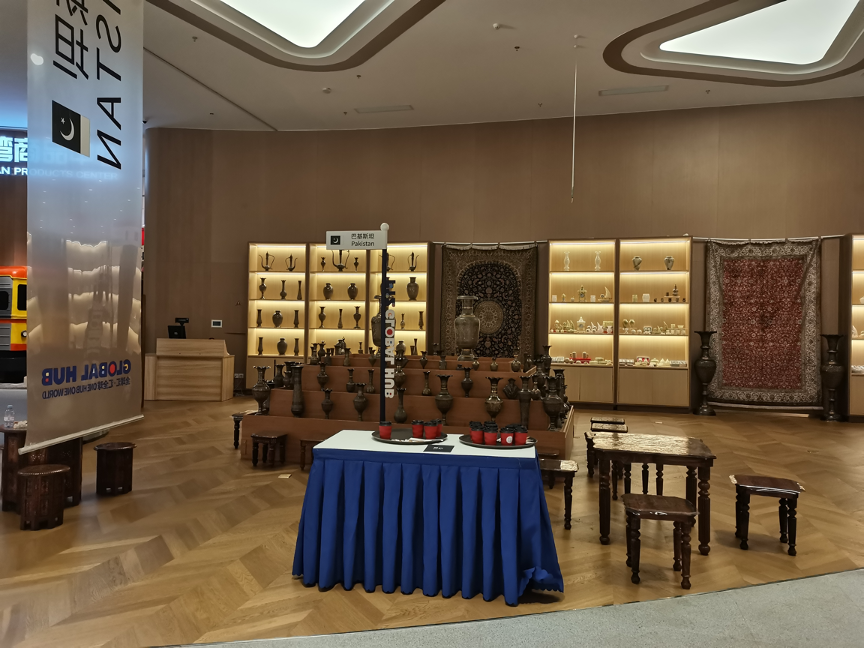ghazi52
PDF THINK TANK: ANALYST

- Joined
- Mar 21, 2007
- Messages
- 101,790
- Reaction score
- 106
- Country
- Location
.,.,
APP
August 03, 2022

SMEs, particularly in the engineering sector, have not been able to contribute adequately to the country’s exports due to the limitations on access to technology. Photo: file
BEIJING: Pakistan’s exports to China have reached an 11% increase in the first half of 2022 and with this momentum it is likely to reach $4 billion by the end of this year.
The exports to the neighbouring country crossed $1.918b in the first half of this year, up by 10.97% from $1.728b in the same period compared to the previous year.
It continues to increase on yearly basis, as per the official data from the General Administration of Customs of the People’s Republic of China (GACC).
According to the State Bank of Pakistan (SBP), the country exported goods worth $2.78b during the 12 months of fiscal year 2021-22 against the exports of $2.04b during the same year, showing an increase of 36.08%.
According to sources, despite the epidemic of COVID-19, bilateral trade has increased significantly.
In the first half of this year, the total volume of trade between China and Pakistan increased nearly 15%, amounting to $14.39b as compared with the same period in 2021 which was $12.55b due to COVID-19.
Compared with the data of the first half of 2021, this year Pakistan’s exports to China in January increased by 17.80% amounting to $382.22m; in February it was up by almost 30% crossing $287.65m; in March it increased 7.23% amounting to $367.71m; however, COVID-19 impacted Pakistan’s exports in April causing a decrease of 21.15% standing at $283.53m; but in May it increased nearly 3% reaching $280.97m, while in June the increase was nearly by 54% crossing $316.36m.
An economic expert stated that, “China has opened up its market for Pakistani goods. The two countries can benefit from long-term relationships and Pakistani traders can export more goods to China, which is the second largest economy in the world.”
He also added, “Pakistan can also become a food basket for China because the Chinese market is huge and has good purchasing power, therefore Pakistan should take advantage of its good relationship and China can help relocate its industries and technologies to Pakistan, resulting in an increase of exports to not only China but to the world”.
Pakistan's exports to China expected to reach $4b
Exports to China already increased by 11% in 2022APP
August 03, 2022

SMEs, particularly in the engineering sector, have not been able to contribute adequately to the country’s exports due to the limitations on access to technology. Photo: file
BEIJING: Pakistan’s exports to China have reached an 11% increase in the first half of 2022 and with this momentum it is likely to reach $4 billion by the end of this year.
The exports to the neighbouring country crossed $1.918b in the first half of this year, up by 10.97% from $1.728b in the same period compared to the previous year.
It continues to increase on yearly basis, as per the official data from the General Administration of Customs of the People’s Republic of China (GACC).
According to the State Bank of Pakistan (SBP), the country exported goods worth $2.78b during the 12 months of fiscal year 2021-22 against the exports of $2.04b during the same year, showing an increase of 36.08%.
According to sources, despite the epidemic of COVID-19, bilateral trade has increased significantly.
In the first half of this year, the total volume of trade between China and Pakistan increased nearly 15%, amounting to $14.39b as compared with the same period in 2021 which was $12.55b due to COVID-19.
Compared with the data of the first half of 2021, this year Pakistan’s exports to China in January increased by 17.80% amounting to $382.22m; in February it was up by almost 30% crossing $287.65m; in March it increased 7.23% amounting to $367.71m; however, COVID-19 impacted Pakistan’s exports in April causing a decrease of 21.15% standing at $283.53m; but in May it increased nearly 3% reaching $280.97m, while in June the increase was nearly by 54% crossing $316.36m.
An economic expert stated that, “China has opened up its market for Pakistani goods. The two countries can benefit from long-term relationships and Pakistani traders can export more goods to China, which is the second largest economy in the world.”
He also added, “Pakistan can also become a food basket for China because the Chinese market is huge and has good purchasing power, therefore Pakistan should take advantage of its good relationship and China can help relocate its industries and technologies to Pakistan, resulting in an increase of exports to not only China but to the world”.







